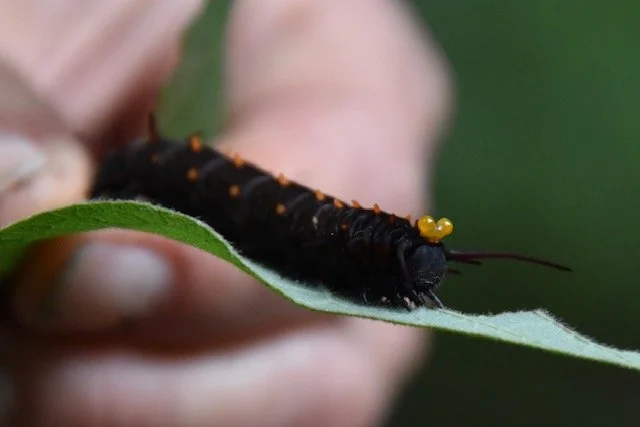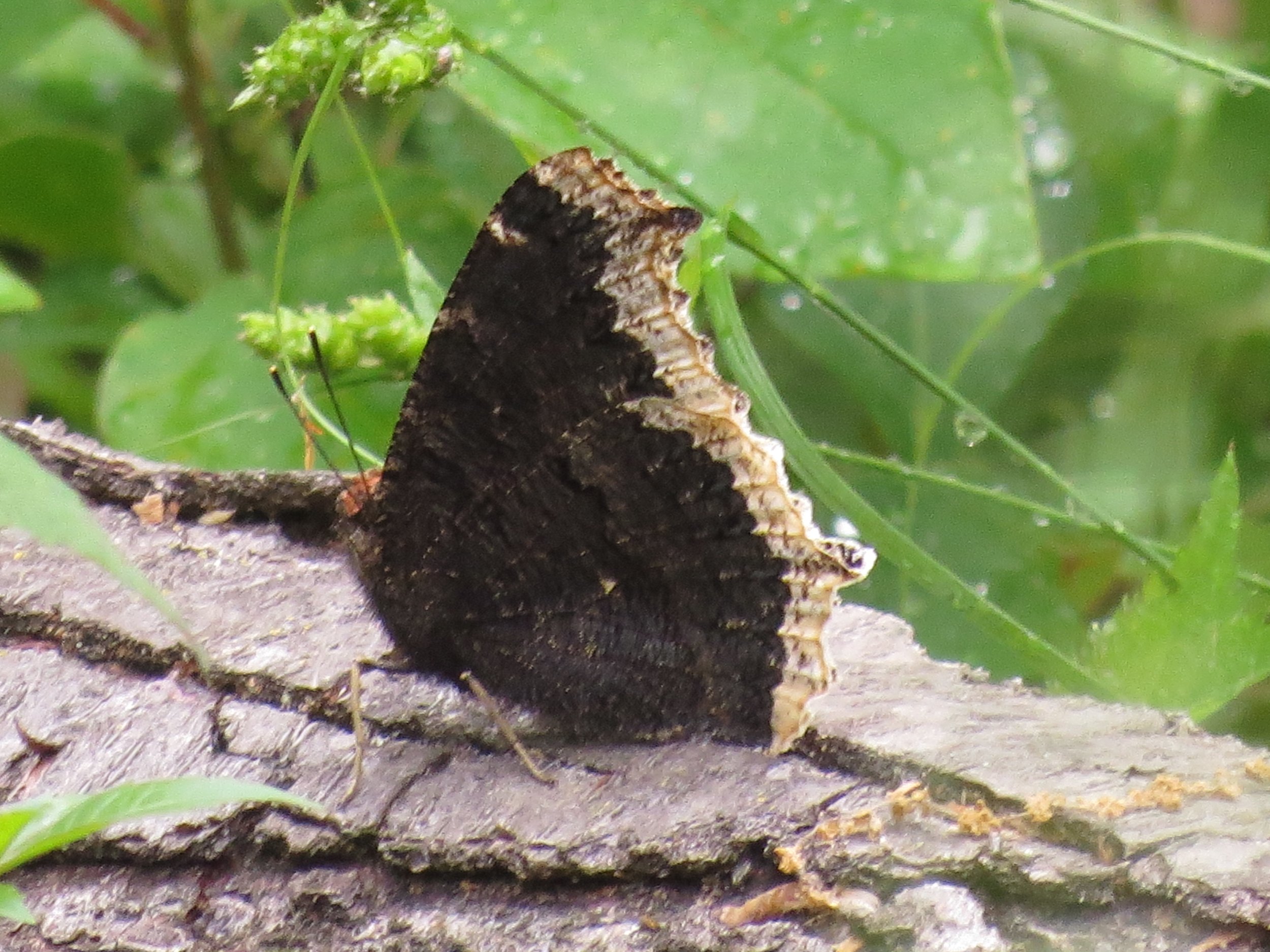Holding Up the Sky
/News stories of the decline and demise of butterfly populations, in both the United States and around the world, have become as frequent as obituaries and baseball scores. Frequently the focus of these “sky is falling” reports is the monarch butterfly (pictured above). Sadly, the stories that are not being told are those of individuals and organizations that have figured out how to hold up these falling skies.
One of these organizations is a small environmental organization in rural southeast Ohio. Butterfly Ridge began collecting butterfly transect data in 2015, when sections of its main trail, while mapped out, had yet to be built. The owners of the site began making habitat modifications during the summer of 2015 and continue to make modifications to this day.
Butterfly Ridge is a family affair, operated by a husband/wife team. Chris and Kris Kline’s butterfly conservation efforts take place on twenty-one acres that have been in Chris’ family since 1863. The property contains a variety of habitats including wetland, deciduous forest, pine forest, and old fields (which have since been converted into prairie).
The monthly transect data (recorded during the first week of each month) that Butterfly Ridge has collected since April 2015 is clear; their habitat improvements are paying off in a huge way. Not only do the data indicate a massive expansion of the native butterfly population, they also show reliable peaks and valleys in individual butterfly numbers throughout the season. The graph below shows a reliable spring peak in early June and a reliable summer peak in early August.
The Butterfly Ridge transect data also tracks the number of individual butterflies recorded each year. These data show a steady increase in the butterfly population on the twenty-one-acre site between 2015 and 2021, with a down year in 2020. According to the Klines, the poor numbers in 2020 can be directly linked to especially cold weather in the first half of May of that year. The graph below shows the amazing increase in butterfly numbers at the site over the years.
How has Butterfly Ridge accomplished these impressive numbers? Among the habitat improvements they have made is the strategic planting of caterpillar host plants and high-quality nectar plants throughout the wetland and prairie. They have also cut small openings, one-tenth to one-quarter-acre in size, in several of the wooded areas on the site, to appeal to butterflies that prefer these smaller habitats.
For the Klines, their habitat creation passion extends beyond their twenty-one acres. They distribute free seeds to customers, extending their habitat reach throughout the Midwest. They question customers regarding their specific residential landscape characteristics to make sure customers get the best species for their landscape. Butterfly Ridge is also developing a consulting side business, making off-site visits to the properties of others who want to learn how to hold up the sky.
While certain butterfly species may be struggling, hope is being propagated at a small environmental facility in rural southeast Ohio. Rather than spreading a message of gloom and melancholy, instead, choose to join forces with those who are holding up the sky.














